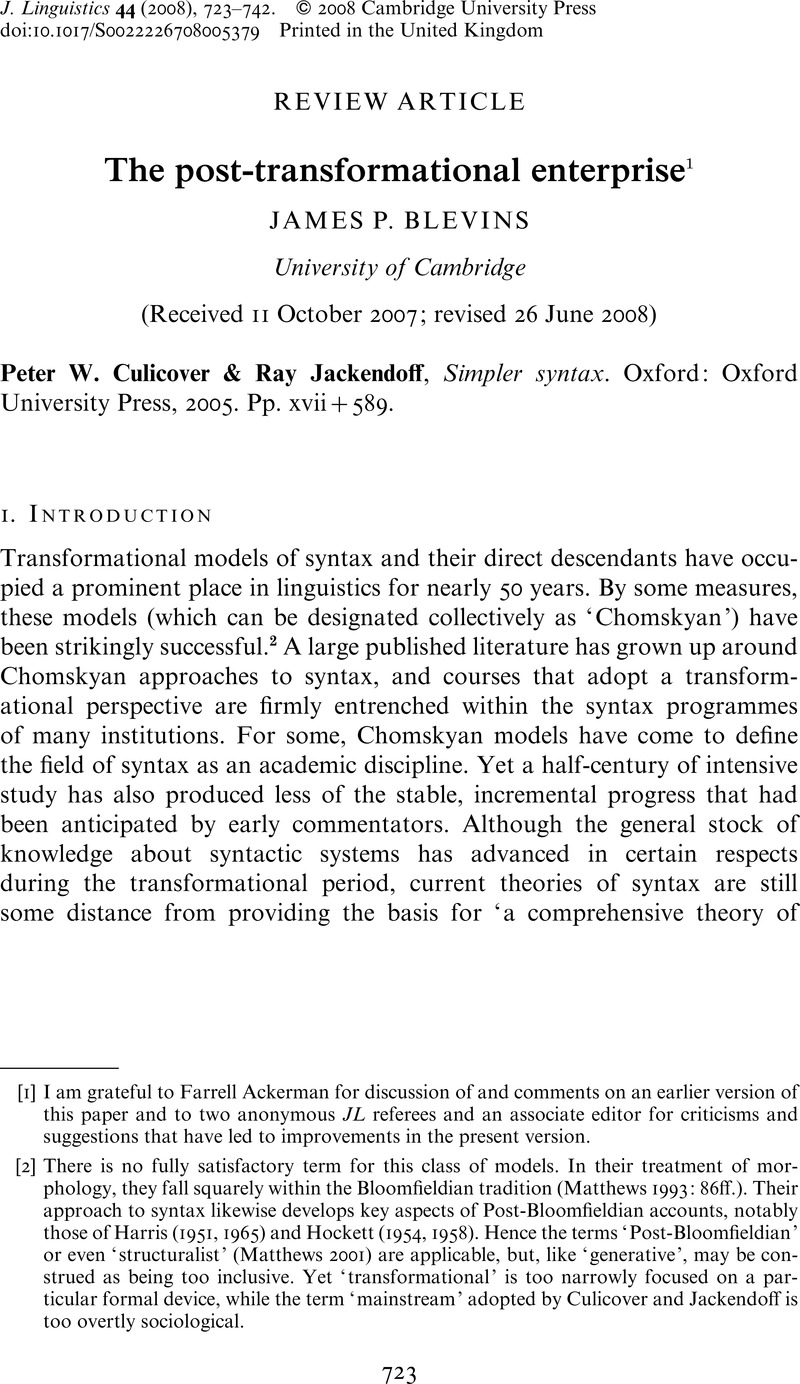No CrossRef data available.
Published online by Cambridge University Press: 16 October 2008

I am grateful to Farrell Ackerman for discussion of and comments on an earlier version of this paper and to two anonymous JL referees and an associate editor for criticisms and suggestions that have led to improvements in the present version.